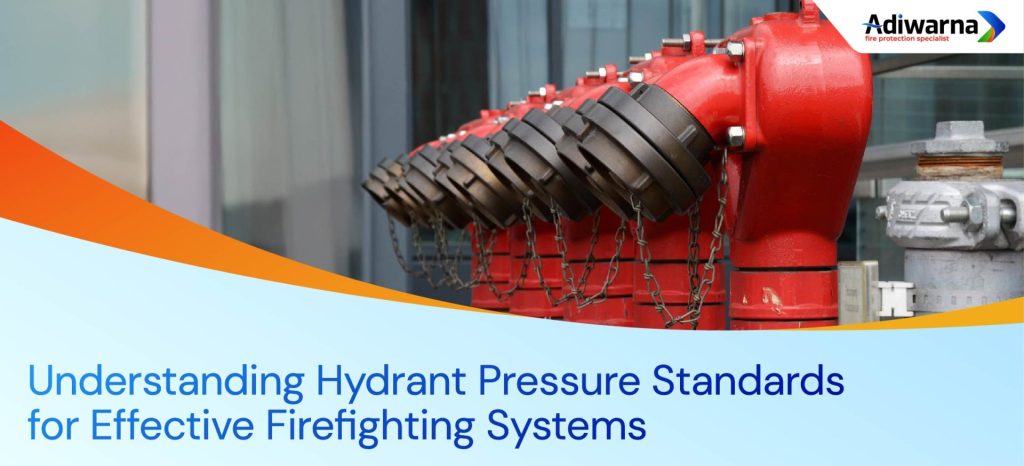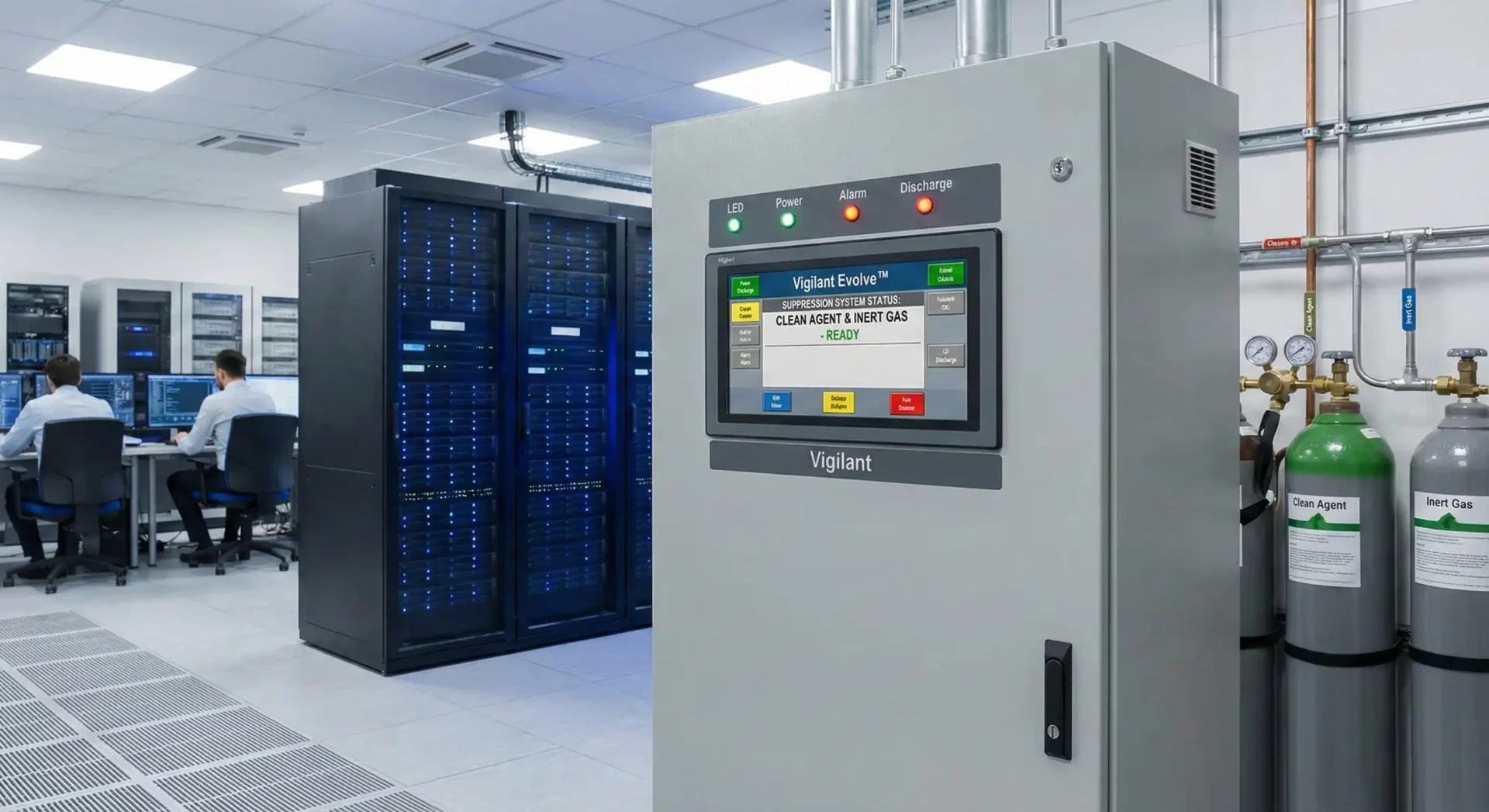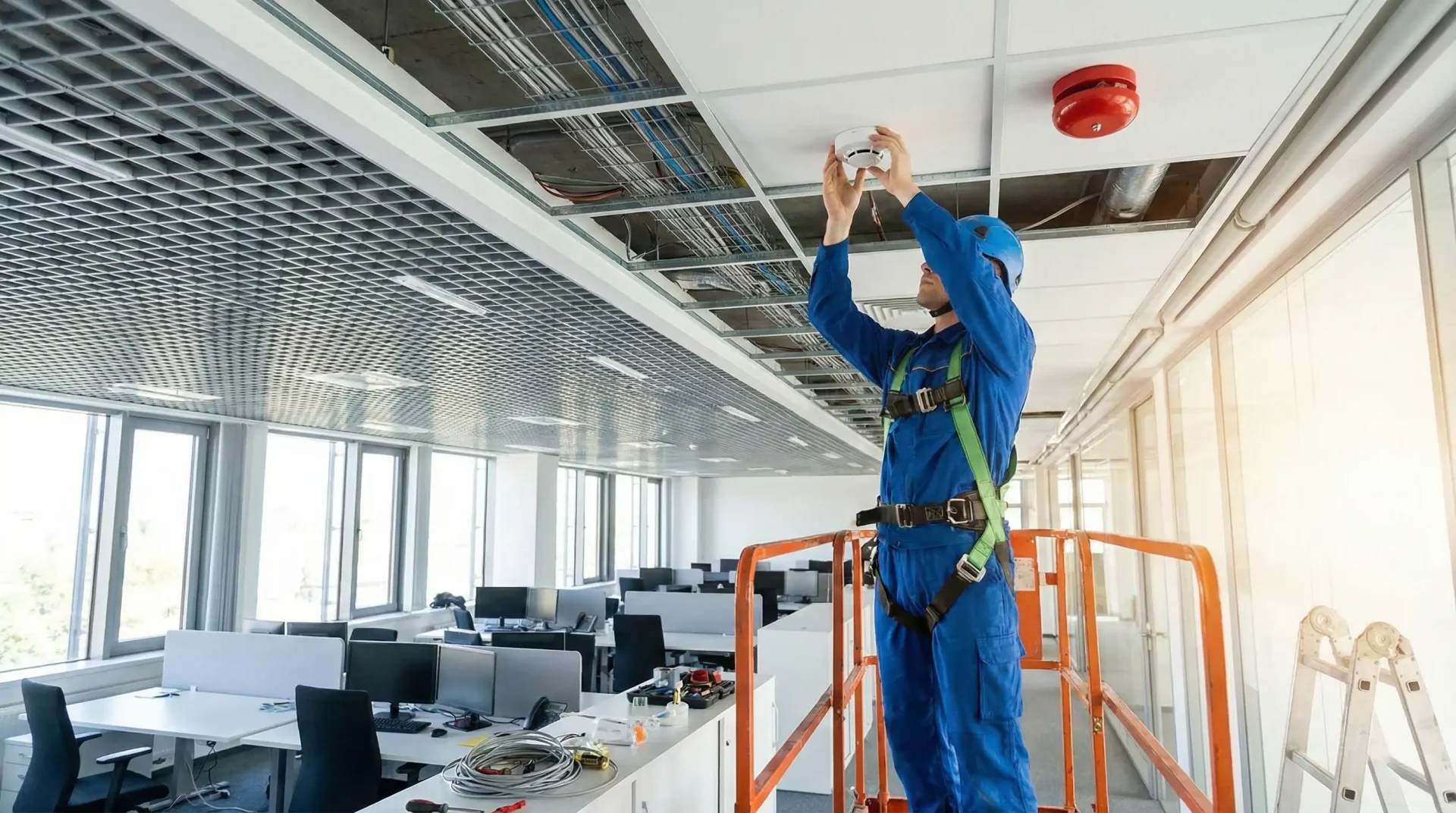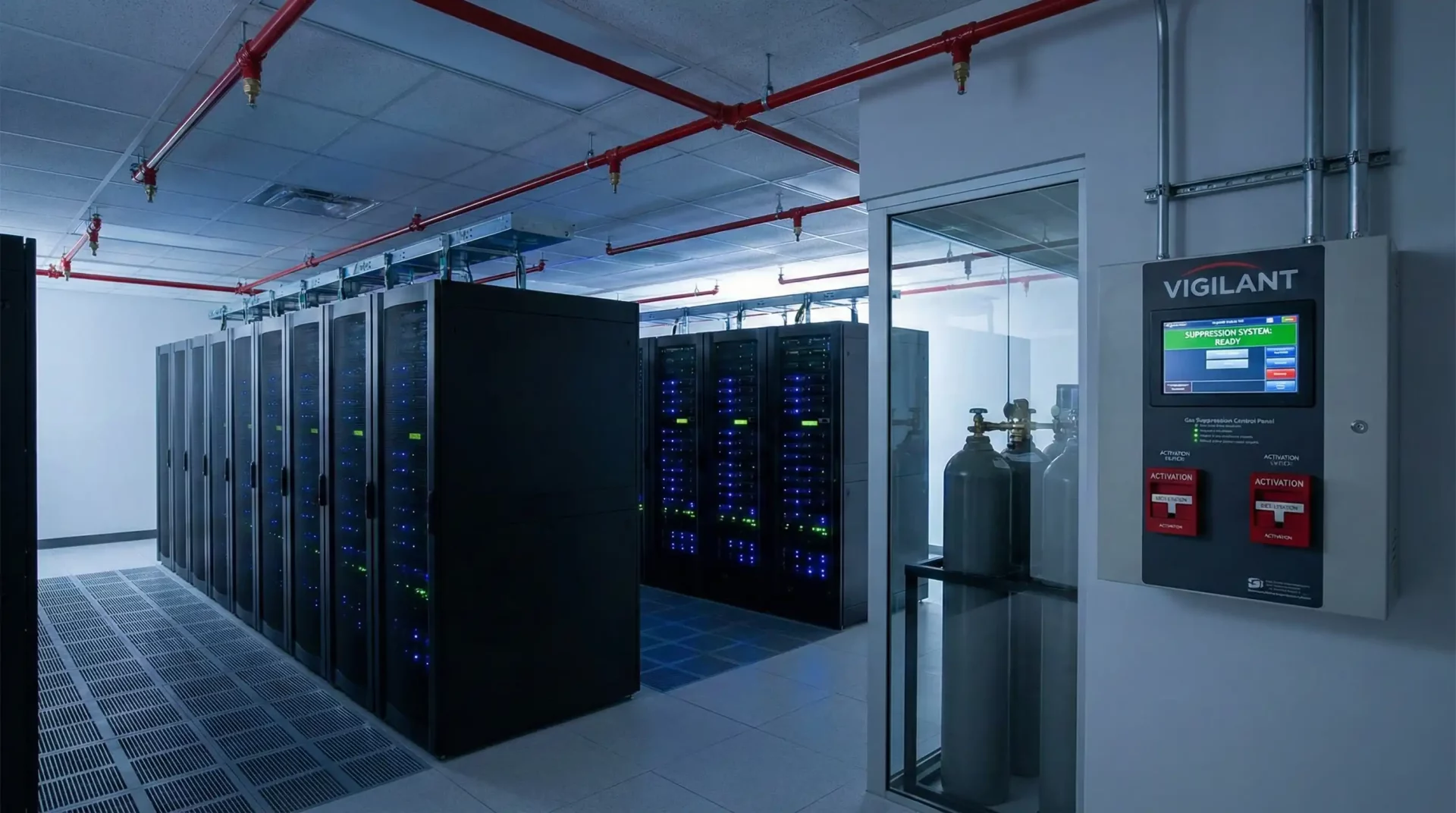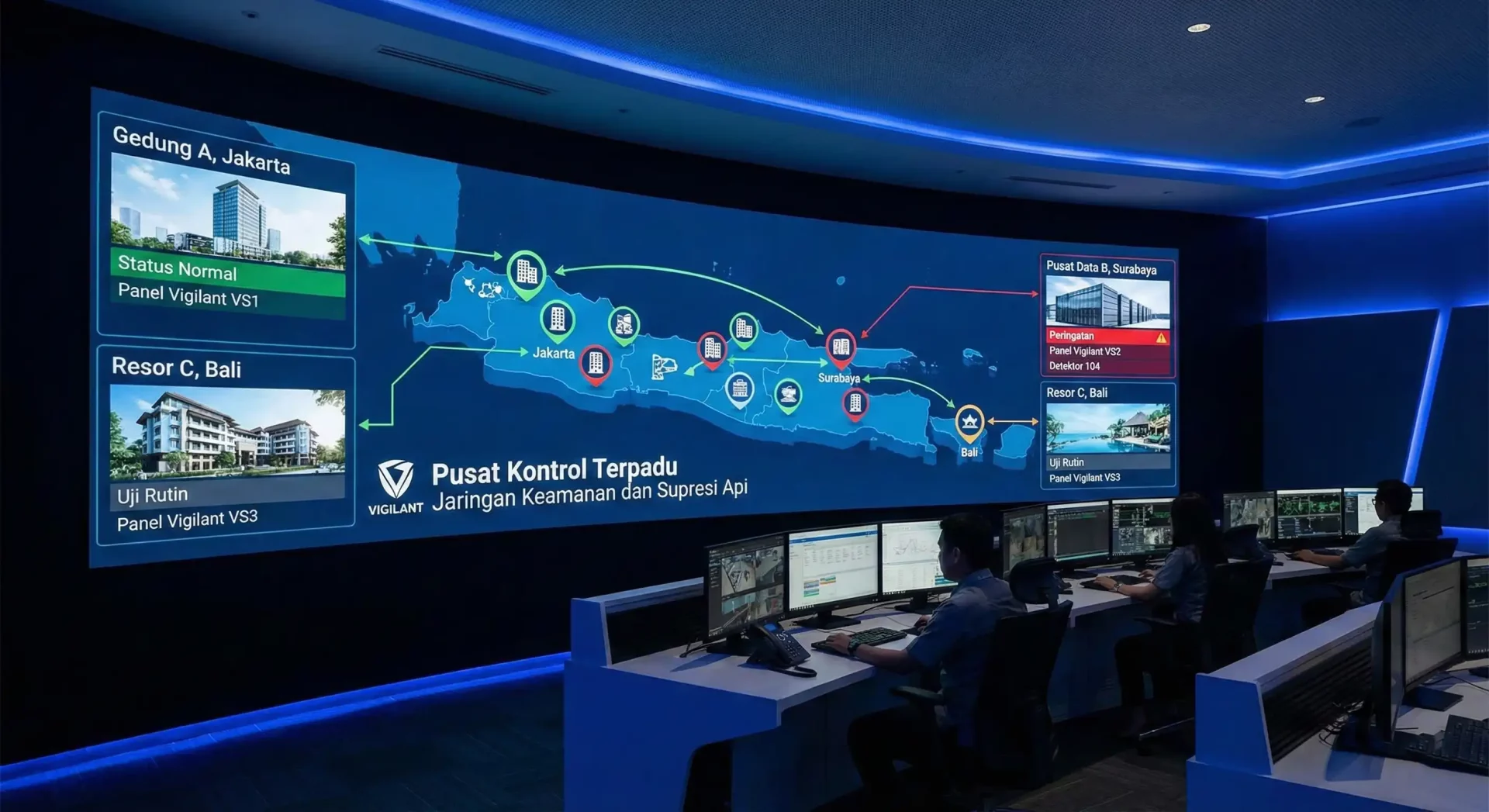When a fire occurs, the speed and force of water flowing from a hydrant system can be the difference between minor damage and major disaster. This is where understanding hydrant pressure standards is important.
The water pressure produced by the hydrant system determines not only how quickly the fire can be extinguished, but also how wide an area the water flow can reach. Without the right pressure, the hydrant system is at risk of failing to function optimally.
This article will provide a complete review of what hydrant pressure is, the reasons why it is important, and the ideal standards that must be met.
What is Hydrant Pressure Standards?
Hydrant pressure is the amount of water pressure available in the fire extinguishing system through the hydrant. This pressure serves to push water so that it can flow throughout the network, including pipes, valves, to the tip of the fire extinguisher hose nozzle.
To ensure that water can reach the fire point effectively, the system is usually equipped with several types of pumps such as electric pumps, diesel pumps, and jockey pumps.
The three work together to maintain optimal pressure during the extinguishing process, especially during emergency situations where system reliability is really tested.
Why is Hydrant Pressure Important?
Good hydrant pressure is one of the most important factors crucial in the success of fire handling. Water flow will not occur without pressure. Some of the main reasons why this pressure is so important include:
- Ensure smooth water flow: Sufficient pressure ensures water flows throughout the system with sufficient volume.
- Avoiding water distribution disruptions: If the pressure is low, water can become stagnant or its flow can be weakened, slowing down the extinguishing process.
- Supports spray range: With high pressure, officers can spray water from a safe distance without having to approach the fire source.
- Adaptable for high-rise buildings: Hydrant systems in high-rise buildings require stable and strong pressure to effectively reach the upper floors.
What is the Good Hydrant Pressure Standard?
A good hydrant pressure standard is measured using a tool called a static pressure fire hydrant gauge and its unit is PSI (Pounds per Square Inch). This standard is determined so that the hydrant system can work optimally according to the building’s needs and the level of fire risk.
In general, hydrant systems are designed to have a minimum pressure of around 100 PSI. However, needs can vary depending on the type and size of the building:
- Tall buildings: Require higher pressure due to the challenges of vertical water distribution.
- Large areas or industrial areas: Requires consistent pressure to cover larger areas.
- Internal and external systems: Both must follow the same pressure standards to support each other during a blackout.
Matching the system to the correct hydrant pressure standards is essential, both in initial planning and maintenance.
Hydrant pressure is not just a technical number, but the key to the success of a fire extinguishing system.
Without the appropriate pressure, the risk of system failure will increase. Therefore, it is very important to ensure that the hydrant system used meets the hydrant pressure standards as a whole, from design to implementation.
If you are looking for a system provider hydrant who understands the importance of standard pressure and is able to provide comprehensive solutions for fire protection, Adiwarna is the right choice.
As an experienced fire protection contractor, Adiwarna provides reliable hydrant system installation and maintenance services, with the best technical support to protect your assets and the safety of your building occupants.

